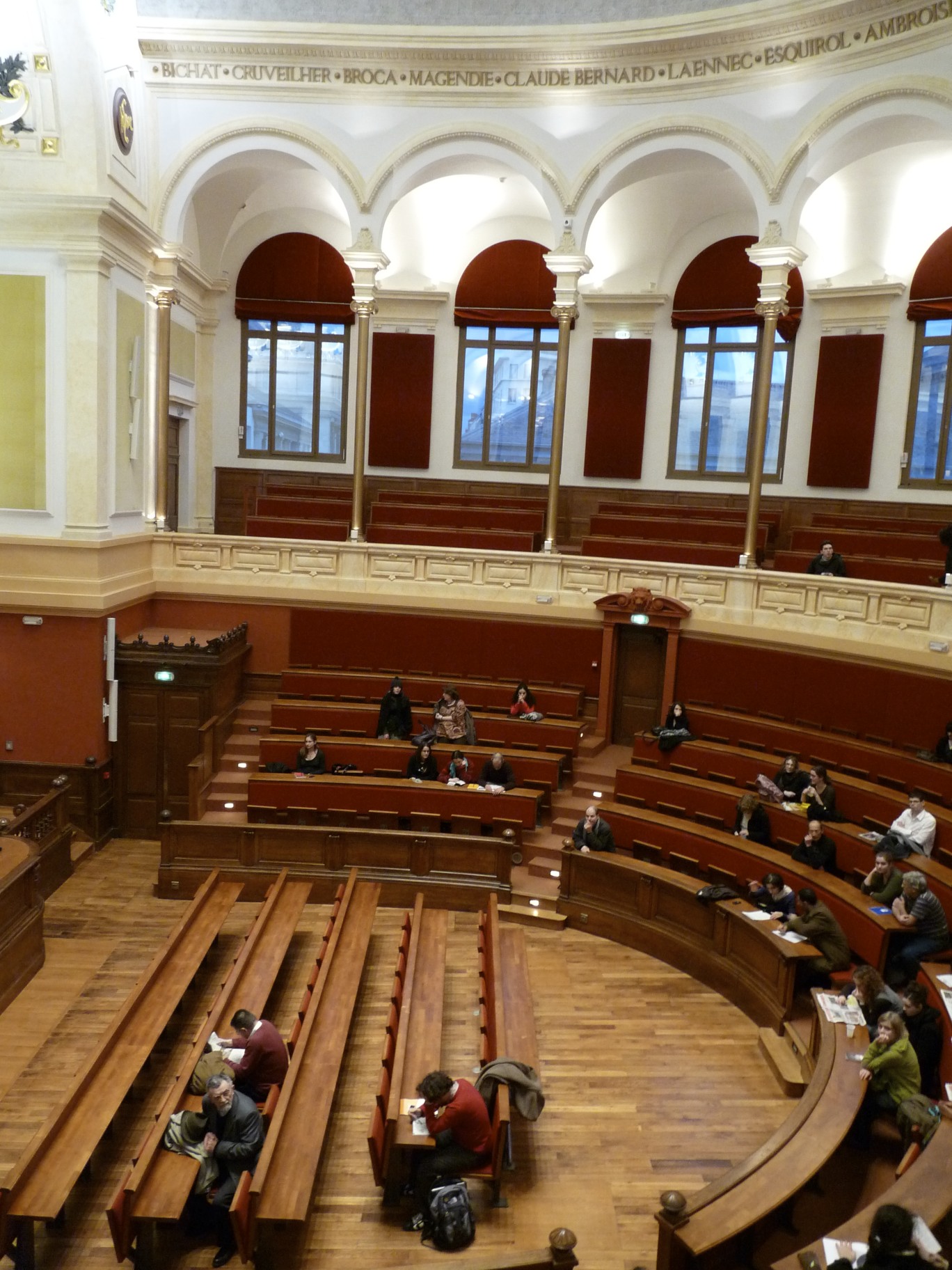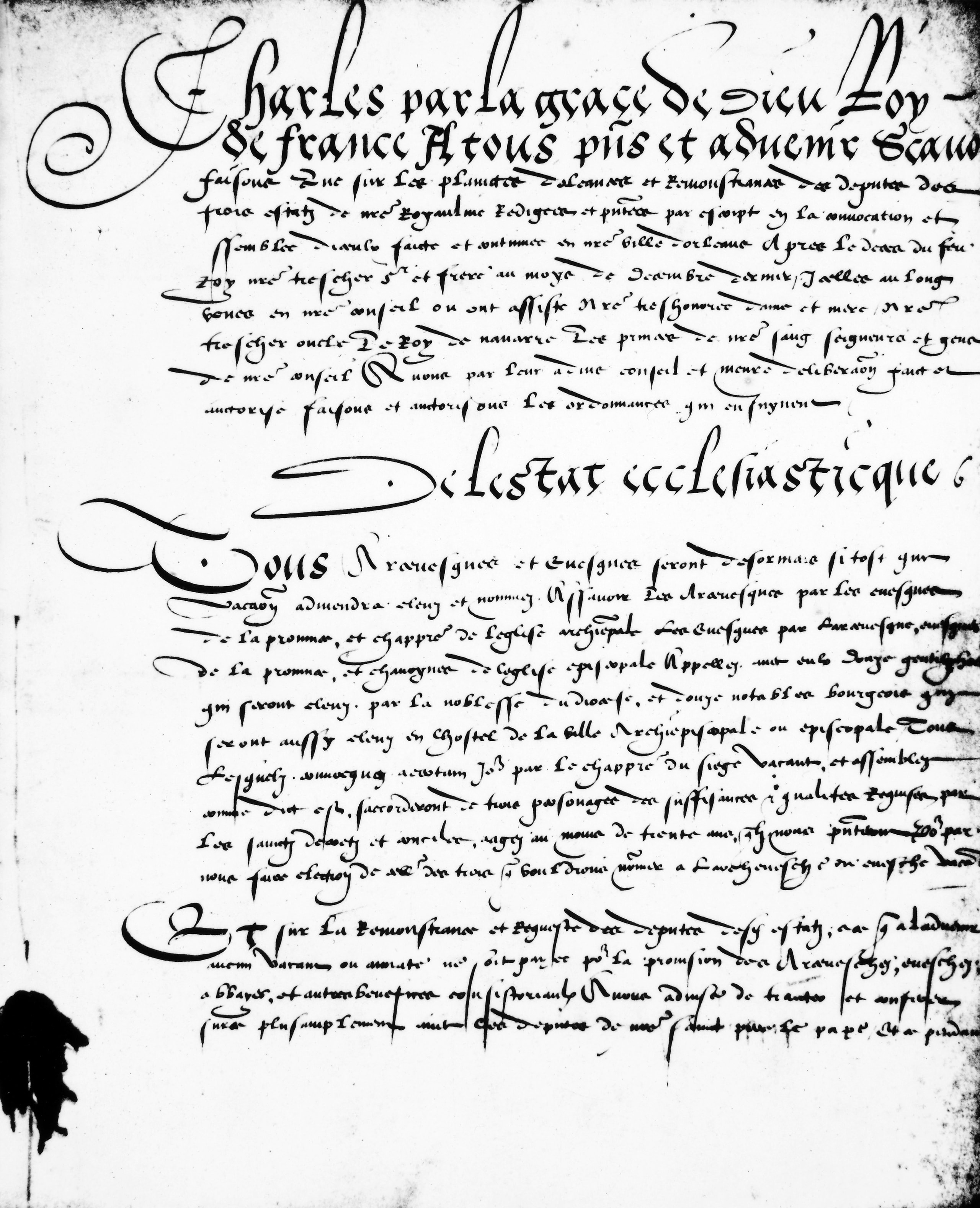|
Philip Benedict
Philip Benedict is an American historian of the Protestant Reformation in Europe, currently holding the title of Professor Emeritus (profeseur honoraire) at the University of Geneva’s Institute for Reformation History (l'Institut d'histoire de la Réformation). Early life Benedict was born in Washington, D.C. on 20 August 1949 to the astrophysicist William S. Benedict and the medical doctor and print collector Ruth B. Benedict. He has stated that he is agnostic and that his parents raised him in a secular Jewish household, wholly disconnected from the Calvinism in which he would come to specialize. Benedict graduated from Woodrow Wilson High School in Washington DC in 1966. Training Benedict received his B.A. from Cornell University in 1970, where he studied early modern European history with H.G. Koenigsberger.Benedict, Philip (1981). Rouen During the Wars of Religion. Cambridge: Cambridge University Press, pg. xvi. He completed his M.A. in 1972 and his Ph.D. in 1975 a ... [...More Info...] [...Related Items...] OR: [Wikipedia] [Google] [Baidu] |
Huguenot
The Huguenots ( , also , ) were a religious group of French Protestants who held to the Reformed, or Calvinist, tradition of Protestantism. The term, which may be derived from the name of a Swiss political leader, the Genevan burgomaster Bezanson Hugues (1491–1532?), was in common use by the mid-16th century. ''Huguenot'' was frequently used in reference to those of the Reformed Church of France from the time of the Protestant Reformation. By contrast, the Protestant populations of eastern France, in Alsace, Moselle, and Montbéliard, were mainly Lutherans. In his ''Encyclopedia of Protestantism'', Hans Hillerbrand wrote that on the eve of the St. Bartholomew's Day massacre in 1572, the Huguenot community made up as much as 10% of the French population. By 1600, it had declined to 7–8%, and was reduced further late in the century after the return of persecution under Louis XIV, who instituted the '' dragonnades'' to forcibly convert Protestants, and then finally revoke ... [...More Info...] [...Related Items...] OR: [Wikipedia] [Google] [Baidu] |
Cornell University Alumni
Cornell University is a private statutory land-grant research university based in Ithaca, New York. It is a member of the Ivy League. Founded in 1865 by Ezra Cornell and Andrew Dickson White, Cornell was founded with the intention to teach and make contributions in all fields of knowledge—from the classics to the sciences, and from the theoretical to the applied. These ideals, unconventional for the time, are captured in Cornell's founding principle, a popular 1868 quotation from founder Ezra Cornell: "I would found an institution where any person can find instruction in any study." Cornell is ranked among the top global universities. The university is organized into seven undergraduate colleges and seven graduate divisions at its main Ithaca campus, with each college and division defining its specific admission standards and academic programs in near autonomy. The university also administers three satellite campuses, two in New York City and one in Education City, Qatar ... [...More Info...] [...Related Items...] OR: [Wikipedia] [Google] [Baidu] |
Sixteenth Century Society And Conference
The Sixteenth Century Society and Conference (SCSC) is a learned society that promotes research on the early modern period. The society is interdisciplinary in membership, welcoming scholars in history, art history, religion, history of science, musicology, dance history, and literary and cultural studies in English, French, German, Italian, and Spanish. Founded in 1969, its initial officers included Kyle Sessions as president and Miriam Usher Chrisman as vice president. The SCSC has close associations with an academic journal, the ''Sixteenth Century Journal'' (SCJ), and with the Iter bibliographic database. The society also sponsors a book series, Early Modern Studies, now published by the Truman State University Press. In 1990, it established an endowment and joined the American Council of Learned Societies. The SCSC holds an annual conference, usually during October. Its presidents have included Walter S. Melion of Emory University, Amy Burnett, Department of History, Unive ... [...More Info...] [...Related Items...] OR: [Wikipedia] [Google] [Baidu] |
National Gallery Of Art
The National Gallery of Art, and its attached Sculpture Garden, is a national art museum in Washington, D.C., United States, located on the National Mall, between 3rd and 9th Streets, at Constitution Avenue NW. Open to the public and free of charge, the museum was privately established in 1937 for the American people by a joint resolution of the United States Congress. Andrew W. Mellon donated a substantial art collection and funds for construction. The core collection includes major works of art donated by Paul Mellon, Ailsa Mellon Bruce, Lessing J. Rosenwald, Samuel Henry Kress, Samuel Henry Kress#Biography, Rush Harrison Kress, Peter Arrell Browne Widener, Joseph E. Widener, and Chester Dale. The Gallery's collection of paintings, drawings, prints, photographs, sculpture, medals, and decorative arts traces the development of Western Art from the Middle Ages to the present, including the only painting by Leonardo da Vinci in the Americas and the largest mobile created by Alexande ... [...More Info...] [...Related Items...] OR: [Wikipedia] [Google] [Baidu] |
Humboldt University
Humboldt-Universität zu Berlin (german: Humboldt-Universität zu Berlin, abbreviated HU Berlin) is a German public research university in the central borough of Mitte in Berlin. It was established by Frederick William III on the initiative of Wilhelm von Humboldt, Johann Gottlieb Fichte and Friedrich Ernst Daniel Schleiermacher as the University of Berlin () in 1809, and opened in 1810, making it the oldest of Berlin's four universities. From 1828 until its closure in 1945, it was named Friedrich Wilhelm University (german: Friedrich-Wilhelms-Universität). During the Cold War, the university found itself in East Berlin and was ''de facto'' split in two when the Free University of Berlin opened in West Berlin. The university received its current name in honour of Alexander and Wilhelm von Humboldt in 1949. The university is divided into nine faculties including its medical school shared with the Freie Universität Berlin. The university has a student enrollment of around 32,0 ... [...More Info...] [...Related Items...] OR: [Wikipedia] [Google] [Baidu] |
Lumière University Lyon 2
Lumière University Lyon 2 (french: Université Lumière Lyon 2) is one of the three universities that comprise the current University of Lyon, having splintered from an older university of the same name, and is primarily based on two campuses in Lyon itself. It has a total of 27,500 students studying for three-to-eight-year degrees in the arts, humanities and social sciences. History At the end of the 18th century, Lyon did not have a university. Education was still linked to religious congregations and influenced by the town's commercial, scientific and industrial requirements. *1835 and 1838 : Creation of the Faculties of Science and Humanities. *1874 and 1875 : Creation of the Faculties of Medicine and Law. *1896 : All these faculties were combined to form the University of Lyon. The same year, the historical buildings on the left bank of the Rhone were finished, initially dedicated to the faculties of medicine and science, then to the faculties of law and humanities. Univers ... [...More Info...] [...Related Items...] OR: [Wikipedia] [Google] [Baidu] |
School For Advanced Studies In The Social Sciences
The School for Advanced Studies in the Social Sciences (french: École des hautes études en sciences sociales; EHESS) is a graduate ''grande école'' and ''grand établissement'' in Paris focused on academic research in the social sciences. The school awards Master and PhD degrees alone and conjointly with the grandes écoles ''École Normale Supérieure'', ''École Polytechnique'', and ''École pratique des hautes études.'' Originally a department of the École pratique des hautes études, created in 1868 with the purpose of training academic researchers, the EHESS became an independent institution in 1975. Today its research covers social sciences, humanities, and applied mathematics. Degrees and research in economics and finance are awarded through the Paris School of Economics. The EHESS, in common with other grandes écoles, is a small school with very strict entry criteria, and admits students through a rigorous selection process based on applicants' research projects. ... [...More Info...] [...Related Items...] OR: [Wikipedia] [Google] [Baidu] |
All Souls College, Oxford
All Souls College (official name: College of the Souls of All the Faithful Departed) is a constituent college of the University of Oxford in England. Unique to All Souls, all of its members automatically become fellows (i.e., full members of the college's governing body). It has no undergraduate members, but each year, recent graduate and postgraduate students at Oxford are eligible to apply for a small number of examination fellowships through a competitive examination (once described as "the hardest exam in the world") and, for those shortlisted after the examinations, an interview.Is the All Souls College entrance exam easy now? , ''The Guardian'', 17 May 2010. The college entrance is on the north side of |
Institute For Advanced Study
The Institute for Advanced Study (IAS), located in Princeton, New Jersey, in the United States, is an independent center for theoretical research and intellectual inquiry. It has served as the academic home of internationally preeminent scholars, including J. Robert Oppenheimer, Albert Einstein, Hermann Weyl, John von Neumann, and Kurt Gödel, many of whom had emigrated from Europe to the United States. It was founded in 1930 by American educator Abraham Flexner, together with philanthropists Louis Bamberger and Caroline Bamberger Fuld. Despite collaborative ties and neighboring geographic location, the institute, being independent, has "no formal links" with Princeton University. The institute does not charge tuition or fees. Flexner's guiding principle in founding the institute was the pursuit of knowledge for its own sake.Jogalekar. The faculty have no classes to teach. There are no degree programs or experimental facilities at the institute. Research is never contracted or ... [...More Info...] [...Related Items...] OR: [Wikipedia] [Google] [Baidu] |
Brown University
Brown University is a private research university in Providence, Rhode Island. Brown is the seventh-oldest institution of higher education in the United States, founded in 1764 as the College in the English Colony of Rhode Island and Providence Plantations. Brown is one of nine colonial colleges chartered before the American Revolution. Admissions at Brown is among the most selective in the United States. In 2022, the university reported a first year acceptance rate of 5%. It is a member of the Ivy League. Brown was the first college in the United States to codify in its charter that admission and instruction of students was to be equal regardless of their religious affiliation. The university is home to the oldest applied mathematics program in the United States, the oldest engineering program in the Ivy League, and the third-oldest medical program in New England. The university was one of the early doctoral-granting U.S. institutions in the late 19th century, adding masters ... [...More Info...] [...Related Items...] OR: [Wikipedia] [Google] [Baidu] |
Edict Of Saint-Germain
The Edict of Saint-Germain, also known as the Edict of January, was a landmark decree of tolerance promulgated by the regent of France, Catherine de' Medici, in January 1562. The act represented the culmination of several years of slowly liberalising edicts which had begun with the 1560 Edict of Amboise. The edict provided limited tolerance to the Protestant Huguenots in the Roman Catholic realm, though with counterweighing restrictions on their behaviour. After two months the Paris Parlement would be compelled to register it by the rapidly deteriorating situation in the capital. The practical impact of the edict would be highly limited by the subsequent outbreak of the first French Wars of Religion but it would form the foundation for subsequent toleration edicts as the Edict of Nantes of 1598. Prior legislation During the reign of King Henry II Protestantism had been subject to persecution in France under the Edicts of Chateaubriand, Ecouen and Compiègne. This legislation ... [...More Info...] [...Related Items...] OR: [Wikipedia] [Google] [Baidu] |







